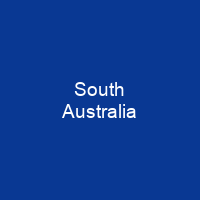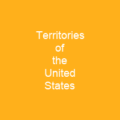South Australia is a state in the southern central part of Australia. It covers some of the most arid parts of the country. With a total land area of 983,482 square kilometres, it is the fourth-largest of Australia’s states and territories by area, and fifth largest by population.
About South Australia in brief

The guiding principle behind settlement was that of systematic colonisation, a theory espoused by Edward Gibbon Wakefield that was later employed by the New Zealand Company. The goal was to establish the province as a centre of civilisation for free immigrants, promising civil liberties and religious tolerance. Although its history is marked by economic hardship, South Australia has remained politically innovative and culturally vibrant. Today, it is known for its fine wine and numerous cultural festivals. It is the second most highly centralised in Australia, after Western Australia, with more than 77 percent of South Australians living in the capital, Adelaide, or its environs. South Australia shares borders with all of the other mainland states, and with the Northern Territory; it is bordered to the west by Western Australia,. to the north by theNorthern Territory, to the east by Queensland, and to the south by Victoria. It took more than forty years before any serious proposal to establish settlements in south-western portion of New. South Wales were put forward. In contrast to the rest of Australia, terra nullius did not apply to the new province to fix the boundaries of the province. The Letters Patent of 1834 did not affect the actual occupation and enjoyment of Aboriginal Natives in their own land. The act stated that the land would be allotted to the colony and it would be free-free and convict-free. The province would be erected between 132° and 141° longitude from 26° south to the southern ocean.
You want to know more about South Australia?
This page is based on the article South Australia published in Wikipedia (as of Dec. 04, 2020) and was automatically summarized using artificial intelligence.







